The Indian food processing industry is one of the largest in the world in terms of production, consumption, export and growth prospects. Wastewater generated from this industry depicts wide variation in strength and characteristics due to variation in the type of products manufactured and also different fruits, vegetables and various raw materials that are used. The pollution load in food processing wastewater or effluent is due to the use of many preservatives, salts, color, fragrances, oil, sugar, gelatin etc. which are added as per the manufacturing requirement of the products.
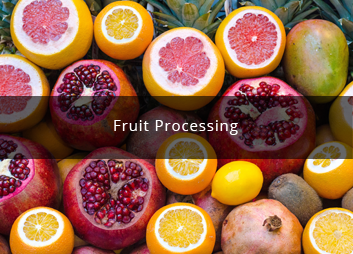
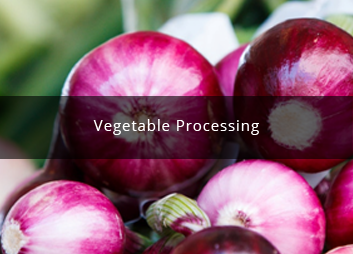

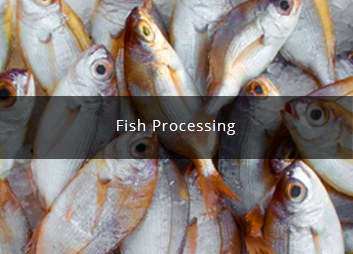
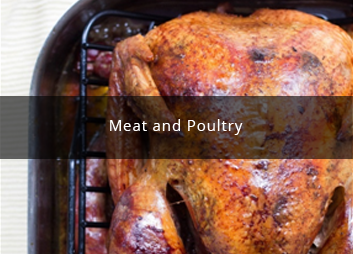
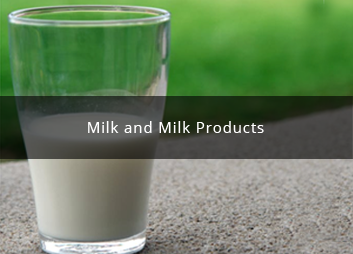
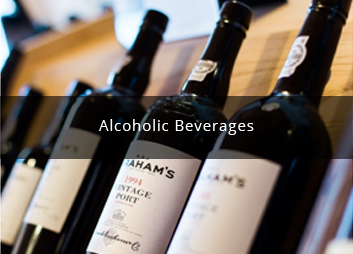


Food processing can be divided into four major sectors including fruit and vegetables; meat, poultry, and seafood; beverage and bottling; and dairy operations. All of these sectors consume huge amount of water for processing food. Water is used as an ingredient, an initial and intermediate cleaning source, an efficient transportation conveyor of raw materials, and the principal agent used in sanitizing plant machinery and areas. A considerable part of these waters are potential wastewaters to be treated for safe disposal to the environment.
Typical Effluent Characteristics and Recommended Treatment Technology
Waste waters from food processing industries are characterized by moderate to high BOD, high COD, high dissolved and suspended solids, very high nutrient content such as phosphorous, nitrogen , heavy oil and grease. This effluent is amicable to non-chemical biological treatment comprising of anaerobic treatment like Hybrid Upflow Anaerobic Sludge Blanket Reactor (HUASBR) followed by aerobic treatment. The HUASBR generates biogas for use in electricity generator which meets total captive requirement of Effluent Treatment Facility.
Aerobic biological treatment, either in the form of high rate trickling filters or activated sludge plant generally suffice for this industry. However, due to intermittent nature of wastewater discharge or due to higher shock loadings , advanced biological treatments such as moving bed bioreactor (MBBR), membrane bioreactor (MBR) are suggested instead of conventional activated sludge process (ASP).
The treated effluent can be recycled at par with food grade water by employing advanced treatment i.e. Ultrafiltration (UF) and Reverse Osmosis (R.O.) Alternatively, Membrane Bioreactor (MBR) can be used in place of MBBR which can yield industrial quality water and by additional R.O. food grade water could be generated.
Need an Effluent Treatment Plant for your food processing industry?
Team Effwa relentlessly works towards solution formulation for various complex environmental issues of the 21st century. Effwa is an engineering powerhouse dedicated to making earth a little beautiful every day by providing the highest quality of environmental services to industries and municipal authorities worldwide.


